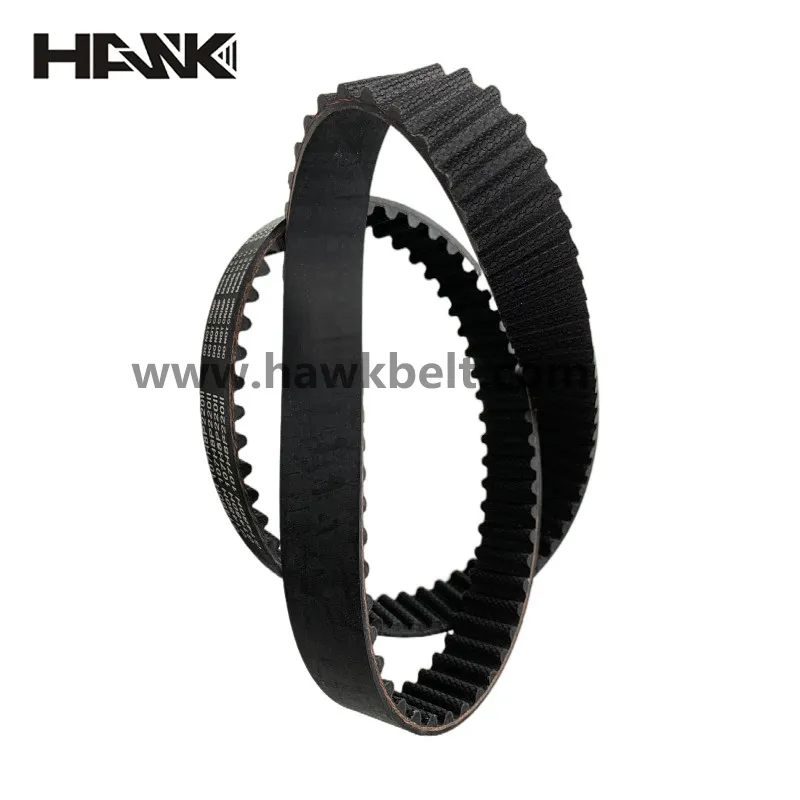- Arabic
- French
- Russian
- Spanish
- Portuguese
- Turkish
- Armenian
- English
- Albanian
- Amharic
- Azerbaijani
- Basque
- Belarusian
- Bengali
- Bosnian
- Bulgarian
- Catalan
- Cebuano
- Corsican
- Croatian
- Czech
- Danish
- Dutch
- Afrikaans
- Esperanto
- Estonian
- Finnish
- Frisian
- Galician
- Georgian
- German
- Greek
- Gujarati
- Haitian Creole
- hausa
- hawaiian
- Hebrew
- Hindi
- Miao
- Hungarian
- Icelandic
- igbo
- Indonesian
- irish
- Italian
- Japanese
- Javanese
- Kannada
- kazakh
- Khmer
- Rwandese
- Korean
- Kurdish
- Kyrgyz
- Lao
- Latin
- Latvian
- Lithuanian
- Luxembourgish
- Macedonian
- Malgashi
- Malay
- Malayalam
- Maltese
- Maori
- Marathi
- Mongolian
- Myanmar
- Nepali
- Norwegian
- Norwegian
- Occitan
- Pashto
- Persian
- Polish
- Punjabi
- Romanian
- Samoan
- Scottish Gaelic
- Serbian
- Sesotho
- Shona
- Sindhi
- Sinhala
- Slovak
- Slovenian
- Somali
- Sundanese
- Swahili
- Swedish
- Tagalog
- Tajik
- Tamil
- Tatar
- Telugu
- Thai
- Turkmen
- Ukrainian
- Urdu
- Uighur
- Uzbek
- Vietnamese
- Welsh
- Bantu
- Yiddish
- Yoruba
- Zulu
Dis . 10, 2024 11:44 Back to list
Understanding Timing Belt Pulleys and Their Role in Engine Performance
Understanding Timing Belt Pulleys The Heart of Mechanical Timing Systems
In the world of mechanical engineering, timing belt pulleys play a crucial role in synchronizing motion and ensuring the smooth operation of various machinery. These components are essential in numerous applications, from automotive engines to industrial machinery, where precise timing and control are vital for optimal performance.
What is a Timing Belt Pulley?
A timing belt pulley is a mechanical component that works in conjunction with a timing belt, a type of belt designed with teeth that mesh with corresponding teeth on the pulley. This design minimizes slippage and allows for precise control of rotational motion, making timing belts and pulleys indispensable in systems where accurate timing is paramount.
How Timing Belt Pulleys Work
When the engine or motor turns the pulley, the attached timing belt moves with it. The teeth of the belt fit snugly into the grooves of the pulley, preventing any relative motion that could lead to timing inaccuracies. Because the distance between the teeth is consistent, the timing belt maintains a direct correlation between the rotation of the pulley and any driven components, such as camshafts or crankshafts in automotive engines.
This system significantly reduces the risk of timing issues, ensuring that engine valves open and close at the correct intervals with respect to the position of the pistons, thus enhancing efficiency and performance. In industrial applications, timing belt pulleys drive various machinery while maintaining synchronized operation across multiple components, which is crucial for complex processes.
Advantages of Timing Belt Pulleys
1. Precision The primary advantage of timing belt pulleys lies in their precision. The tooth design allows for exact positioning and timing, making them ideal for systems where even minor discrepancies can lead to failures or inefficiencies.
2. Reduced Noise and Vibration Compared to chain drives, timing belt pulleys operate more quietly and with less vibration. This attribute is particularly beneficial in residential areas or environments where noise reduction is important.
timing belt pulley

3. Durability and Low Maintenance Made from materials such as rubber, reinforced with fibers, and enhanced with coatings, timing belts can withstand wear and tear. Additionally, they require less maintenance compared to metal chains and gears, making them cost-effective in the long run.
4. Lightweight Timing belts and pulleys are significantly lighter than alternatives like chains and gears. This weight reduction contributes to improved efficiency in motors and engines, resulting in better fuel economy in vehicles and energy savings in industrial equipment.
Applications of Timing Belt Pulleys
Timing belt pulleys are used in a diverse array of applications, predominantly in automotive engines. In car engines, they ensure that the crankshaft and camshaft rotate in perfect synchrony, allowing for efficient engine operation. Beyond automotive, these components are prevalent in
- Conveyor Systems Timing belt systems help transport goods smoothly and efficiently by maintaining the correct positioning and timing in conveyor belts.
- 3D Printers In additive manufacturing, timing belts drive the movement of print heads and build plates, allowing for precise layer placement.
- Robotics Many robotic systems utilize timing belts for movement, providing accurate control over positioning and speed.
Conclusion
In conclusion, timing belt pulleys are indispensable components in the realm of mechanical systems. Their ability to provide precise synchronization and control makes them essential across numerous industries. As technology continues to advance, the development of timing belt systems will likely evolve, driven by the demands for efficiency and performance in modern machinery. Understanding these components not only emphasizes their importance but also highlights the intricate interplay between various mechanical systems that power our everyday life.
-
Korean Auto Parts Timing Belt 24312-37500 For Hyundai/Kia
NewsMar.07,2025
-
7PK2300 90916-T2024 RIBBED BELT POLY V BELT PK BELT
NewsMar.07,2025
-
Chinese Auto Belt Factory 310-2M-22 For BMW/Mercedes-Benz
NewsMar.07,2025
-
Chinese Auto Belt Factory 310-2M-22 For BMW/Mercedes-Benz
NewsMar.07,2025
-
90916-02660 PK Belt 6PK1680 For Toyota
NewsMar.07,2025
-
drive belt serpentine belt
NewsMar.07,2025

